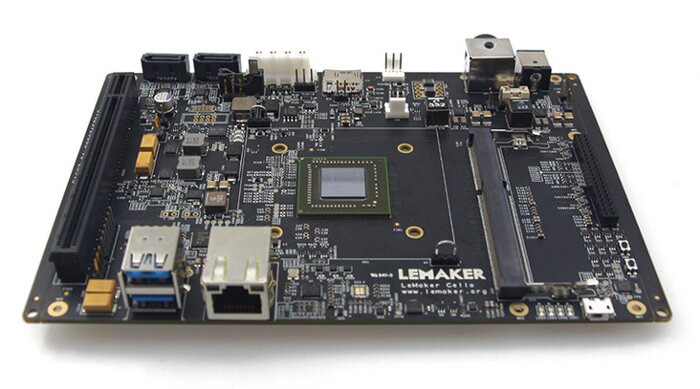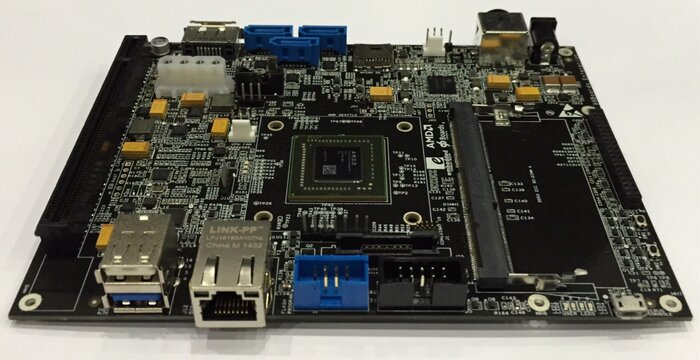In last months I did two rebuilds: NodeJS 4.x in Fedora and OpenStack Mitaka in CentOS. Both were targeting AArch64 and both were not done before. During latter one I was asked to write about my workflow, so will describe it with OpenStack one as base.
identify what needs to be done
At first I had to figure out what exactly needs to be built. Haïkel Guémar (aka number80) pointed me to openstack-mitaka directory on CentOS’ vault where all source packages are present. Also told me that EPEL repository is not required which helped a lot as it is not yet built for CentOS.
structure of sources
OpenStack set of packages in CentOS is split into two parts: “common” shared through all OpenStack versions and “openstack-mitaka” containing OpenStack Mitaka packages and build dependencies not covered by CentOS itself or “common” directory.
prepare build space
I used “mockchain” for such rebuilds. It is simple tool which does not do any ordering tricks just builds set of packages in given order and do it three times hoping that all build dependencies will be solved that way. Of course what got built once is not tried again.
To make things easier I used shell alias:
alias runmockchain mockchain -r default -l /home/hrw/rpmbuild/_rebuilds/openstack/mockchain-repo-centos
With this I did not have to remember about those two switches. Common call was “runmockchain —recurse srpms/*” which means “cycle packages three times and continue on failures”.
Results of all builds (packages and logs) were kept in “~/_rebuilds/openstack/mockchain-repo-centos/results/default/” subdirectories. I put all extra packages there to have all in one repository.
populate “noarch” packages
Then I copied x86-64 build of OpenStack Mitaka into “_IMPORT-openstack-mitaka/” to get all “noarch” packages for satisfying build dependencies. I built all those packages anyway but having them saved me several rebuilds.
extra rpm macros
When I started first build it turned out that some Python packages lack proper “Provides” fields. I was missing newer rpm build macros (“%python_provide” was added after Fedora 19 which was base for RHEL7). Asked Haïkel and added “rdo-rpm-macros” to mock configuration.
But had to scrap everything I built so far.
surprises and failures
Building big set of packages for new architecture most of time generate failures which were not present with x86-64 build. Same was this time as several build dependencies were missing or wrong.
packages missing in CentOS/aarch64
Some were from CentOS itself — I told Jim Perrin (aka Evolution) and he added them to build queue to fill gaps. I built them in meantime or (if they were “noarch”) imported into “_IMPORT-extras” or “_IMPORT-os” directories.
packages imported from other CBS tags
Other packages were originally imported from other tags at CBS (CentOS koji). For those I created directory named “_IMPORT-cbs”. And again — if they were “noarch” I just copied them. For rest I did full build (using “runmockchain”) and they end in same repository as rest of build.
For some packages it turned out that they got built long time ago with older versions of build dependencies and are not buildable from current versions. For them I tracked proper versions on CBS and imported/built (sometimes with their build dependencies and build dependencies of build dependencies).
downgrading packages
There was a package “python-flake8” which failed to build spitting out Python errors. I checked how this version was built on CBS and turned out that “python-mock” 1.3.0 (from “openstack-mitaka” repository) was too new… Downgraded it to 1.0 allowed me to build “python-flake8” one (upgrading of it is in queue).
merging fixes from Fedora
Both “galera” and “mariadb-galera” got AArch64 support merged from Fedora and got built with “.hrw1” added into “Release” field.
directories
I did whole build in “~/rpmbuild/_rebuilds/openstack/” directory. Extra folders were:
- vault.centos.org/centos/7/cloud/Source/openstack-mitaka/common/
- vault.centos.org/centos/7/cloud/Source/openstack-mitaka/
- mockchain-repo-centos/results/default/_HACKED-by-hew/
- mockchain-repo-centos/results/default/_IMPORT-cbs/
- mockchain-repo-centos/results/default/_IMPORT-extras/
- mockchain-repo-centos/results/default/_IMPORT-openstack-mitaka/
- mockchain-repo-centos/results/default/_IMPORT-os/
Vault ones were copy of OpenStack source packages and their build dependencies. Hacked ones got AArch64 support merged from Fedora. Both “extras” and “os” directories were for packages missing in CentOS/AArch64 repositories. CBS one was for source/noarch packages which had to be imported/rebuilt because they came from other CBS tags.
status page
In meantime I prepared web page with build results so anyone interested can see what builds, what not and check logs, packages etc. It has simple description and then table with list of builds (data can be sorted by clicking on column headers).
thanks
Whole job would take much more time if not help from CentOS developers: Haïkel Guémar, Alan Pevec, Jim Perrin, Karanbir Singh and others from #centos-devel and #centos-arm IRC channels.

